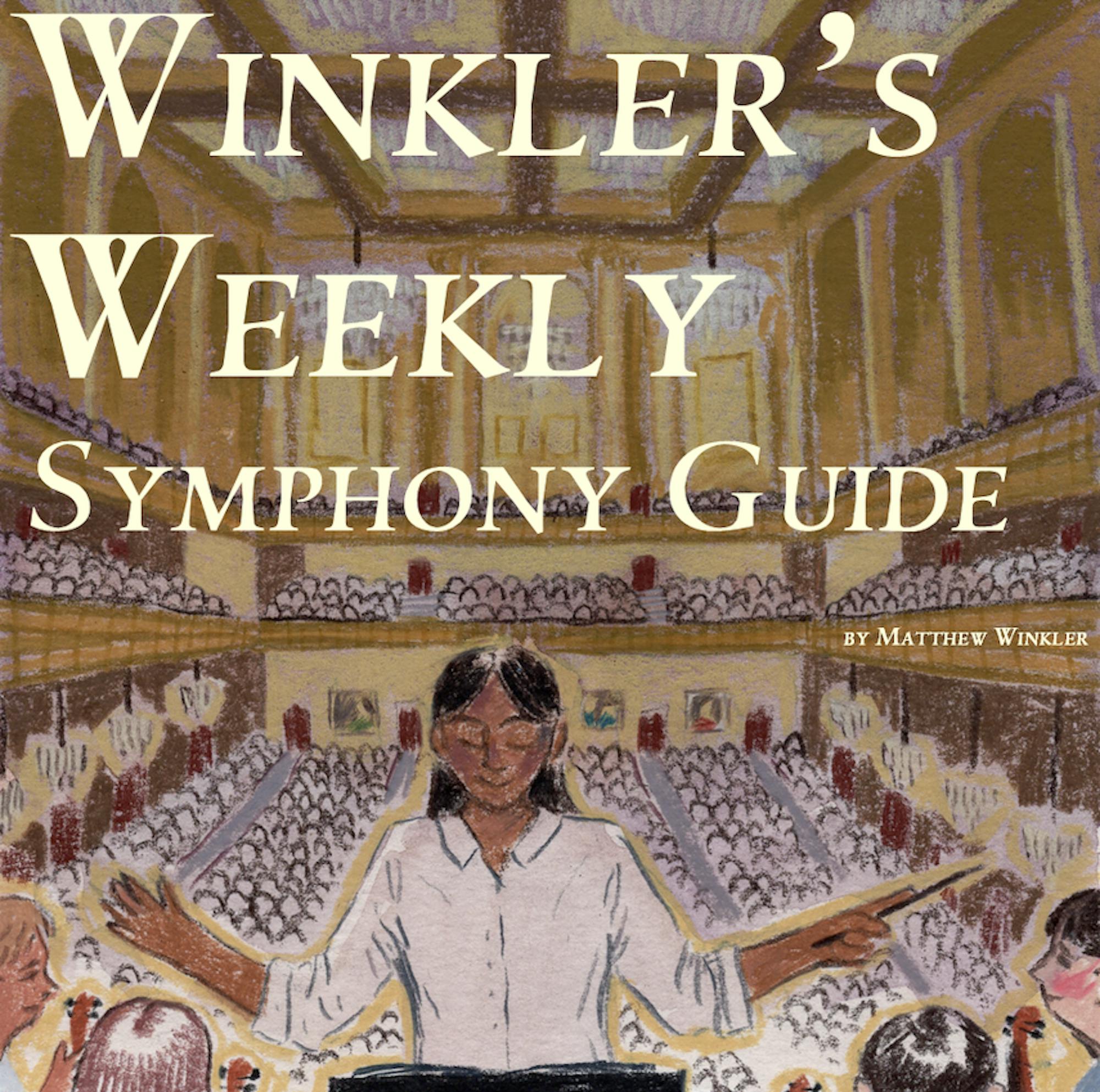On Jan. 28, the Boston Symphony Orchestra finished the month with a familiar formula for programming at this point.Steven Mackey’s “Concerto for Curved Space” opened as the contemporary work, Dmitri Shostakovich’s “Violin Concerto No. 2” followed, continuing the BSO’s Shostakovich cycle and Johannes Brahms’ “Symphony No. 4” closed as the vetted canonical work.
As an electric guitarist who finds musical inspiration from rock and jazz, Mackey brought an outsider’s perspective to Symphony Hall with his “Concerto for Curved Space.” The piece is divided into four sections, with lengths of approximately three minutes, five minutes, eight minutes and 13 minutes respectively, thereby growing in scope as the music continues. As a concerto for orchestra, the form of the work highlighted the full virtuosity of the BSO. Though Mackey’s contemporary approach to composition threw microtones and unconventional orchestration at the BSO, the orchestra not only adapted but thrived amid Mackey’s soundscapes. Moreover, it was refreshing to hear historically underrepresented sections, such as the harp and viola, be given independent solos. But the greatest accomplishment of “Concerto for Curved Space” was that amid the unconventional composition techniques and contemporary fascination with timbre, the form and clarity of the music was not lost. Often a contemporary composer’s desire to push boundaries and experiment with new techniques causes the clarity of the music to be lost. Mackey proved that wildly avant-garde techniques can be incorporated into music that remains comprehensible and continues to stir the imagination of a general audience.
This imaginative power proved crucial to Mackey’s highly abstract work, which hopes to transport listeners to a new musical dimension in each movement. The idea of metaphorical transportation to far-reaching worlds, I believe, is one of the greatest arguments that classical music has for its value to everyone rather than just as an academic art form. As such, Mackey’s emphasis on musical imagery over historically canonized forms and techniques (although it’s worth noting that his first two movements do follow established forms) helps make his otherwise highly intellectual and complex work understandable and emotional for any listener. The emotive power of the experience trumped the need for extensive musical education. Overall, despite being programmed alongside Brahms’ Fourth Symphony, Mackey’s work surprisingly proved the highlight of the night.
Following Mackey’s work, Latvian violinist Baiba Skride joined the orchestra as the featured soloist in Shostakovich’s “Violin Concerto No. 2.” A lesser-known piece of Shostakovich’s oeuvre, Skride struggled to bring it to life. Despite her commendable technical playing and impressive execution of the piece, Skride often failed to achieve greater emotional sublimity.
The night closed on a disappointing rendition of Brahms’ Fourth Symphony. Conductor Andris Nelsons’ choice of often painfully slow tempos exhausted the work, reducing moments of vigor into drudgery. Remarkably, the BSO’s performance of Mackey’s “Concerto for Curved Space” far outclassed their renditions of either of the canonical composers, thereby turning what would have been a mediocre and forgettable night at Symphony Hall into something extraordinary.






